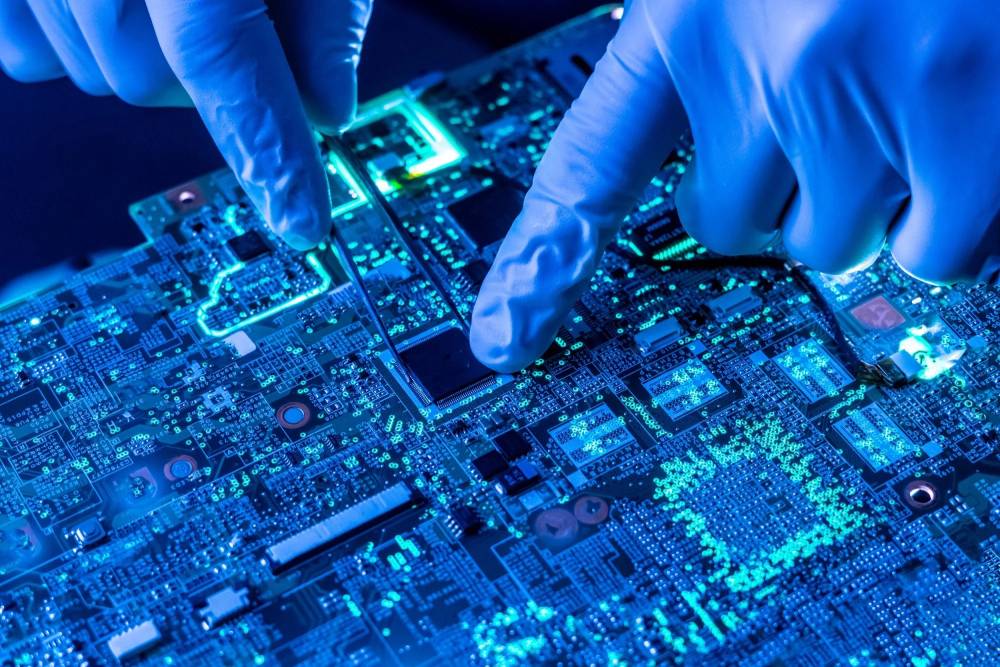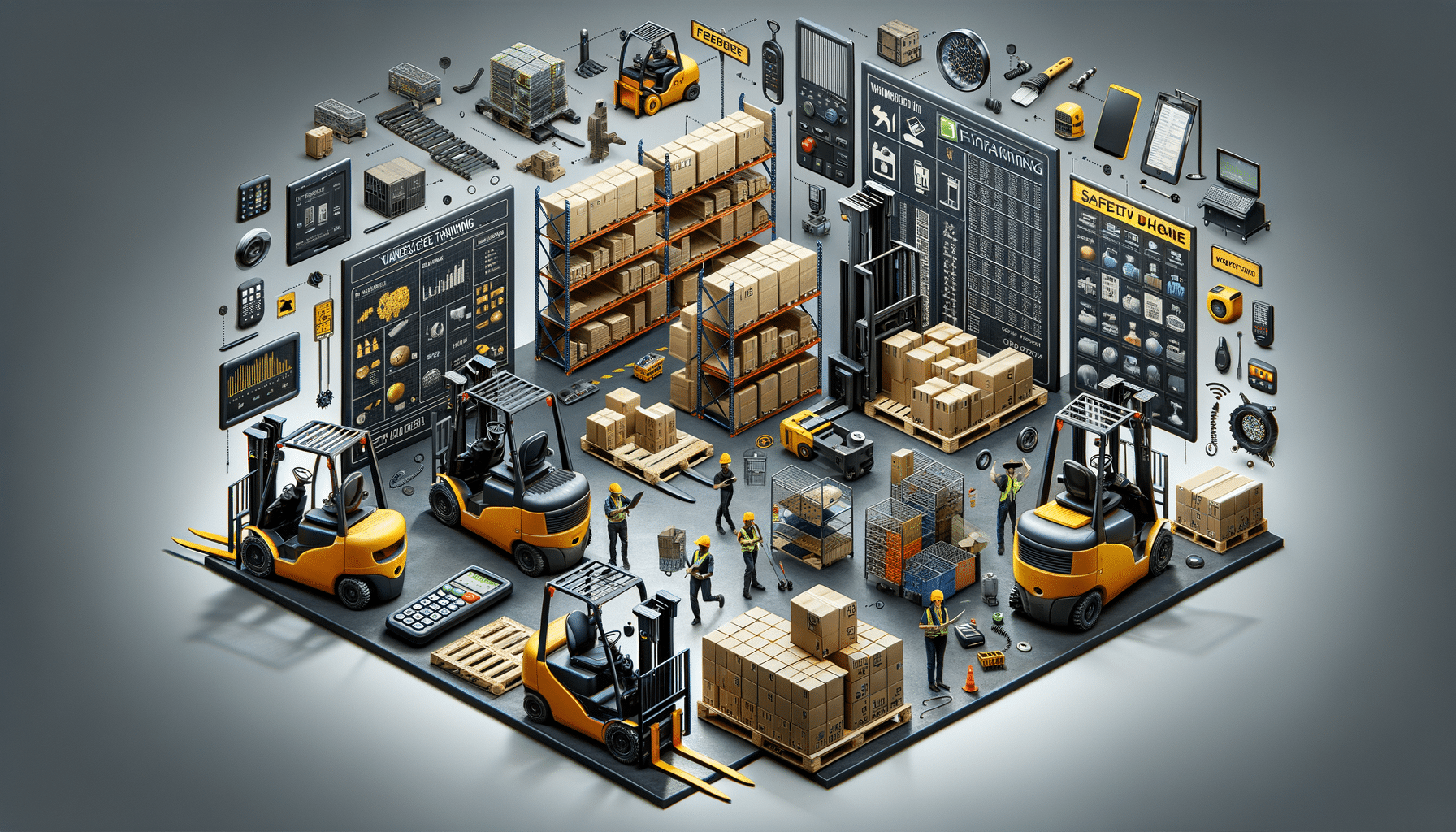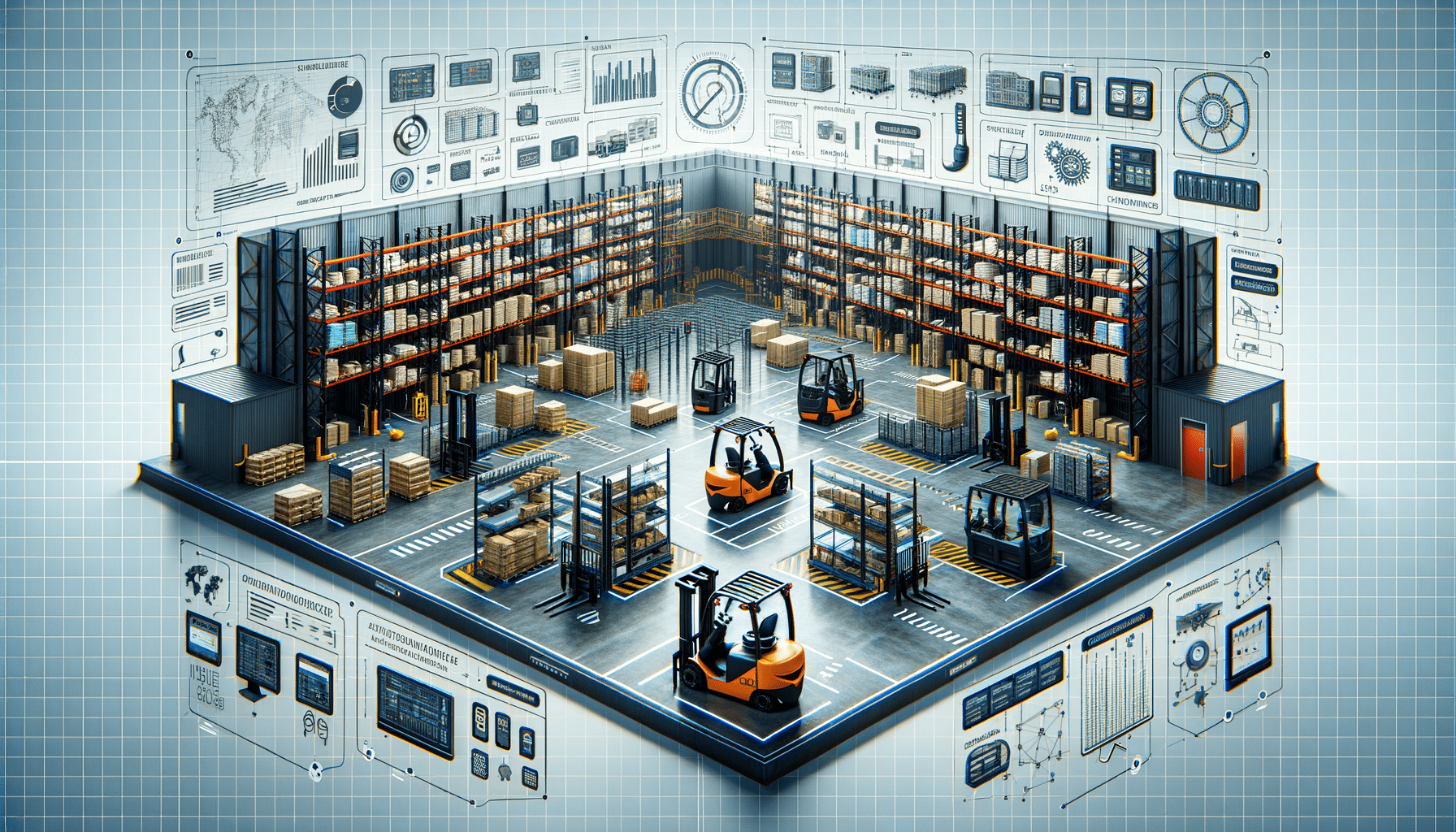
Nanotechnology: How Tiny Tech is Making a Big Impact
In a fast-moving tech world, there are few fields as thrilling as nanotechnology. This little tech can revolutionise industries, stretch scientific limits, and reshape our daily lives. So, what is nanotechnology, and why is it considered a game changer? It involves, at its heart, the manipulation of matter on an atomic and molecular scale. Though the concept might feel abstract, the applications are obvious. Nanotechnology is already part of industries ranging from medicine to manufacturing, with a potential future full of breakthroughs.
In this blog, we will explore the applications of nanotech, its future, and some of the most exciting innovations today.
Key Benefits / Why It Matters

Unveiling the Power of Nanotechnology
Nanotechnology can change materials at the fundamental level. By adjusting properties at the nanoscale, scientists create products with greater strength, lighter weight, and better chemical reactivity. This opens up many possibilities across different sectors.
Real-World Applications of Nanotechnology
- Healthcare and Medicine: Nanotechnology is changing medicine with drug delivery, diagnostics, and regenerative medicine. For example, nanoparticles can target cancer cells, reducing harm to healthy tissue and side effects.
- Electronics: Nanotechnology enables the miniaturisation of electronic parts, leading to faster and more efficient devices. This includes everything from smartphones to quantum computers.
- Energy: Nanotechnology plays a key role in the search for sustainable energy. Nanomaterials improve solar panel efficiency and create better batteries, promoting cleaner energy use.
- Environment: Nanotechnology offers new solutions for environmental issues. Nanofilters can purify water, and removing contaminants and materials can help reduce pollution.
- Textiles and Consumer Goods: Everyday products benefit from nanotechnology. Stain-resistant fabrics, scratch-proof glasses, and durable sports gear are just a few examples.
The Future of Nanotechnology
The future of nanotechnology is bright. As research advances, we can expect more sophisticated applications that could transform industries.
Predictions and Implications
- Medical Breakthroughs: Ongoing research may lead to personalised treatments and advanced diagnostic tools for early disease detection.
- Advanced Computing: Nanotechnology could help develop faster quantum computers that tackle complex problems we can’t solve today.
- Sustainable Solutions: As climate change persists, nanotechnology might provide innovative ways to lower carbon footprints and boost energy efficiency.
Step-by-Step Guide / Actionable Insights

How Nanotechnology is Transforming Industries
Nanotechnology in Medicine
- Targeted Drug Delivery: Nanoparticles deliver drugs directly to diseased cells, improving effectiveness and reducing side effects. This is especially useful in cancer care.
- Regenerative Medicine: Nanomaterials create scaffolds that support new tissue growth, offering hope for patients with damaged organs.
- Diagnostics: Nanotechnology enhances diagnostic tools, allowing for earlier and more accurate disease detection.
Nanotechnology in Electronics
- Miniaturisation: Manipulating materials at the nanoscale leads to smaller, more powerful electronic components.
- Quantum Computing: Nanotechnology is key to developing quantum computers, which could revolutionise data processing.
Nanotechnology in Energy
- Solar Energy: Nanomaterials improve the efficiency and affordability of solar panels, making renewable energy more accessible.
- Battery Technology: Nanotechnology boosts battery performance, resulting in longer-lasting and quicker-charging batteries.
Nanotechnology in the Environment
- Water Purification: Nanofilters can eliminate tiny contaminants from water, providing clean drinking water in areas that need it.
- Pollution Control: Nanotechnology creates innovative ways to reduce industrial pollution and clean environmental contaminants.
Additional Expert Tips & Common Mistakes to Avoid
Best Practices in Nanotechnology
- Interdisciplinary Collaboration: Nanotechnology flourishes with cooperation among physics, chemistry, and biology. Encouraging teamwork can lead to more creative solutions.
- Ethical Considerations: Ethical issues are vital. It’s essential to use nanotechnology responsibly and safely.
Common Mistakes and Misconceptions
- Overestimating Immediate Impact: While nanotechnology shows promise, it’s vital to manage expectations. Many applications are still being researched and may take time to reach the market.
- Ignoring Environmental and Health Impacts: The potential risks of nanomaterials need careful study to avoid unintended consequences.
Advanced Insights / Expert Recommendations
Leveraging Nanotechnology for Maximum Impact
To fully harness nanotechnology’s potential, stay updated on the latest research. Engage with industry experts, attend conferences, and participate in workshops to gain insights and inspire innovation.
Industry Perspectives
- Investment in Research: Ongoing investment in nanotechnology research is crucial for driving innovation and staying competitive.
- Regulatory Frameworks: Clear regulations can ensure the safe and ethical development of nanotechnology.
Nanotechnology: A Powerful Tool
Nanotechnology is a strong power that provides solutions for big problems. And new technologies have to be developed carefully as we continue to explore their potential. Together, we can create an OS for nanotechnology through teamwork, research investment, and ethical conduct. And that will take us into a high-tech future and a sustainable future. Ask yourself what role you will play in shaping the future of this transformative tech. How will you contribute to its growth and responsible use?


